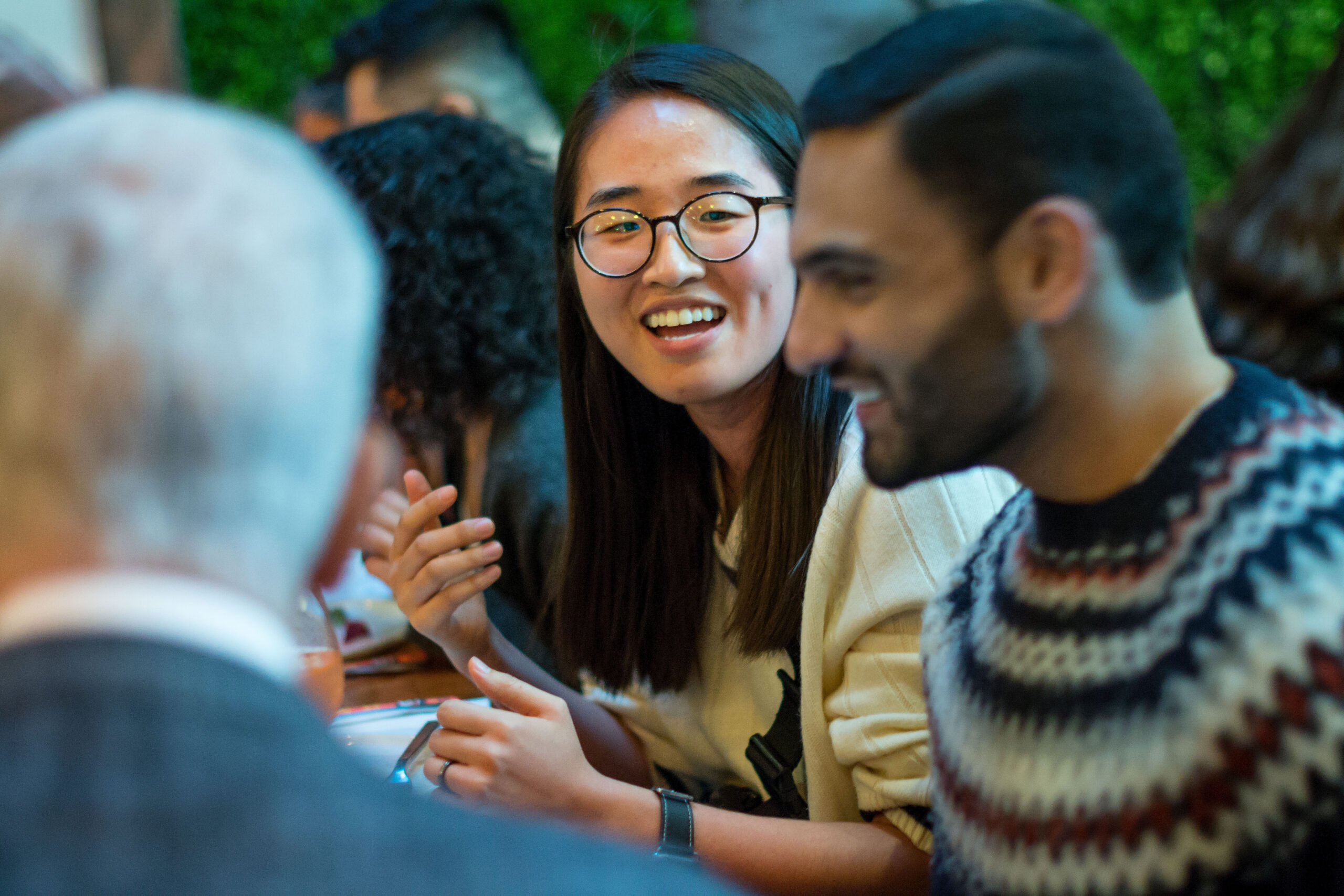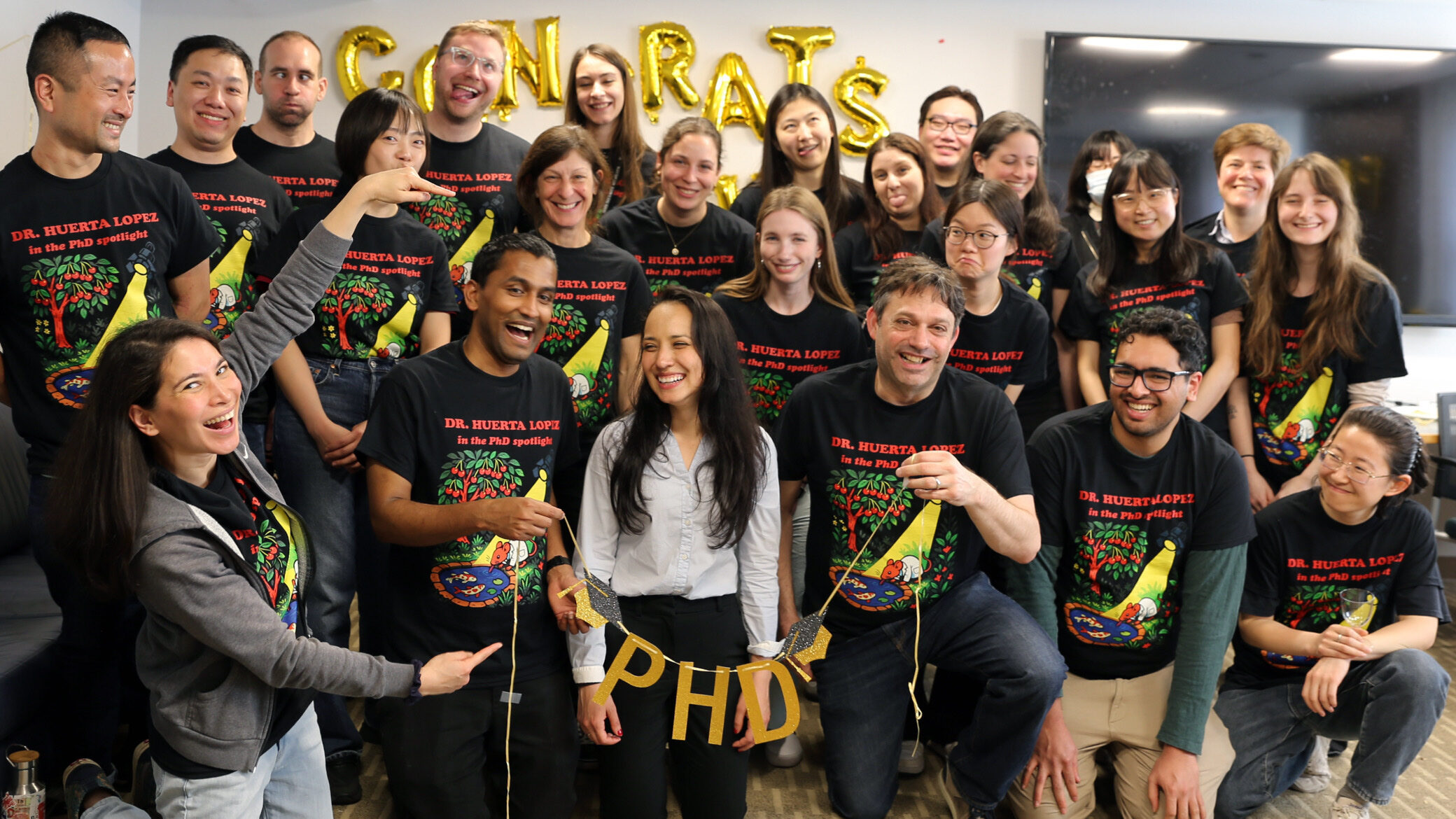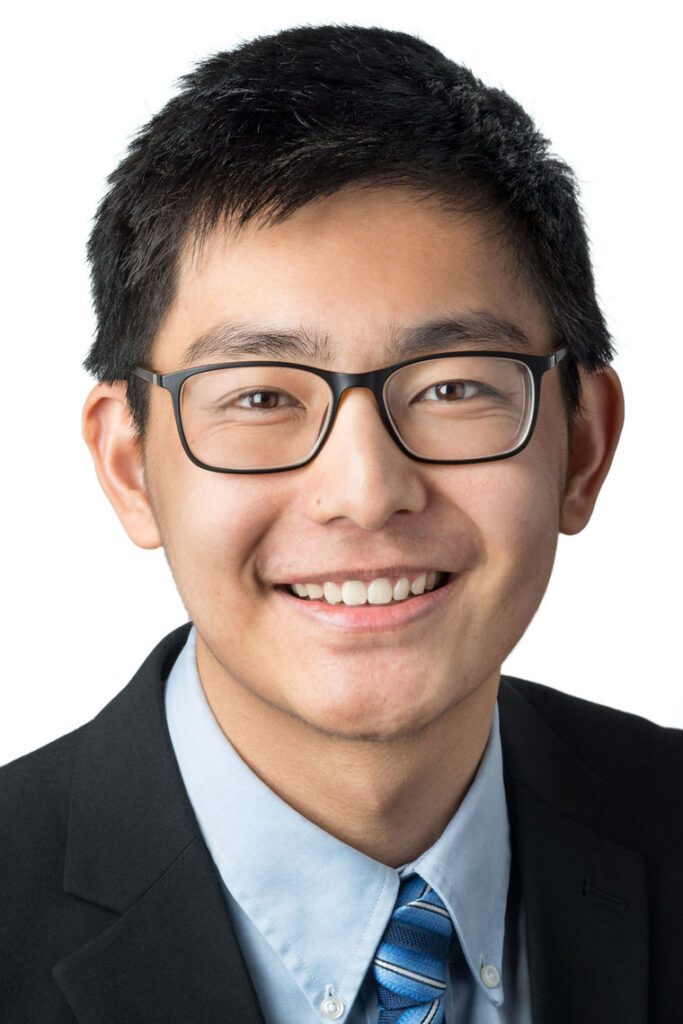- Fellow Highlights
Looking Back at the Fellowship: Bioinformatics PhD Student Eric Sun

2020 Paul & Daisy Soros Fellow Eric D. Sun was born in Pueblo, Colorado to parents who emigrated from Qingdao, China. His father immigrated as a graduate student and now works for the railroad. His mother followed and now works as a mail carrier for the United States Postal Service. Along with his two younger brothers, Eric draws inspiration from the sacrifices that his parents have made as immigrants.
Despite a lack of opportunities for science research in his hometown, Eric was able to study human aging at the National Institute on Aging in Baltimore and research computer vision at the Weizmann Institute of Science in Israel and then went on to Harvard for his undergraduate degree. Eric now studies biology of aging through a PhD in biomedical informatics at Stanford University where he is a Knight-Hennessy Scholar. He hopes to use his background in mathematics and computation to develop new tools for elucidating the mechanisms behind complex biological phenomena. Eric aspires to be a professor and lead a research group that applies computational tools to study aging and age-related disease.
After his first two years as a Paul & Daisy Soros Fellow, we asked Eric about his academic life and studies:
Where are you with your graduate program now? What’s the next step for you?
I am wrapping up the second year of my PhD program in Biomedical Informatics at Stanford. Now that I am mostly done with qualifying exams and course requirements, the next step for me will be to focus on my thesis research. After graduating, I am interested in completing postdoctoral research and then leading my own research group, either as academic faculty or in industry.
Can you tell us more about your graduate studies–what questions are you pursuing? What is the main focus of your studies?
I am interested in the biology of aging. Why do we age? Why do some organisms live for centuries while others live for hours? What are the drivers of aging? These are all questions that I want to investigate further through my graduate studies and beyond.
For my PhD research, I am developing and applying new quantitative methods and models for studying aging (and molecular biology generally). So far, I have worked on aging clocks for single-cell transcriptomics and imaging data and also designed dynamic data visualization methods. In the near future, I am interested in characterizing spatial patterns of tissue aging and translating my current projects to human data.
There are so many paths beyond college–why did you feel graduate school was the best next step for you? Was it hard to take the risk of going to school or something you always knew you wanted to do? What has it helped you figure out or accomplish?
Growing up in a fringe rural town, I had very limited exposure to scientific research. Despite that, I was convinced that I wanted to be a scientist as early as elementary school. During my undergraduate studies, I began conducting research and fell in love with the freedom that it offered to learn and apply new ideas and pursue questions that were interesting to me. These research experiences reinforced my desire to go to graduate school in preparation for a career in science. Certainly, there were times, especially late in my undergraduate studies and early on in my graduate studies, where I questioned whether graduate school was the right choice over more stable career options. Currently, I am quite satisfied with my experience in graduate school and the opportunities it has afforded me to pursue several interesting research projects and work alongside motivated and creative people.
Do you have any favorite memories from the past two years as a Paul & Daisy Soros Fellow?
In my opinion, the Fall Conference was the biggest highlight from the last two years. It was the first time that I was able to meet the majority of the current Fellows in-person after more than a year of remote/virtual events due to the pandemic. We explored Nashville together, toured community gardens, listened to inspiring speakers, learned about local challenges, and went to a Carrie Underwood concert at the Grand Ole Opry. Towards the end of the conference, we had an intense session of sharing personal stories that brought everyone much closer together.
What advice would you give to someone who is thinking of applying to The Paul & Daisy Soros Fellowships for New Americans?
Do it! Outside of the financial support, the Fellowship is unmatched in introducing you to a community that will stay with you well after graduate school.
In my opinion, the Fellowship application is very different from traditional graduate school or fellowship applications in its special focus on the New American experience. When I was writing my personal essay for the Fellowship, it was very helpful to reminisce on my childhood with friends and family and recall certain experiences that have had lasting influences on my world view and personal development. ∎
Keep Exploring
-
 Read more: Kathy Ku Steps into Leadership as PDSFA Chair
Read more: Kathy Ku Steps into Leadership as PDSFA Chair- Board of Directors
- Fellowship News
Kathy Ku Steps into Leadership as PDSFA Chair
-
 Read more: Q&A with MD/PhD Student Silvia Huerta Lopez
Read more: Q&A with MD/PhD Student Silvia Huerta LopezQ&A with MD/PhD Student Silvia Huerta Lopez
-
 Read more: PD Soros Eligibility Guide for PhD Applicants
Read more: PD Soros Eligibility Guide for PhD Applicants- Applicant Information
PD Soros Eligibility Guide for PhD Applicants
-
 Read more: Watch: Optional Exhibits & Recommendations
Read more: Watch: Optional Exhibits & Recommendations- 2025 Information Sessions
Watch: Optional Exhibits & Recommendations
